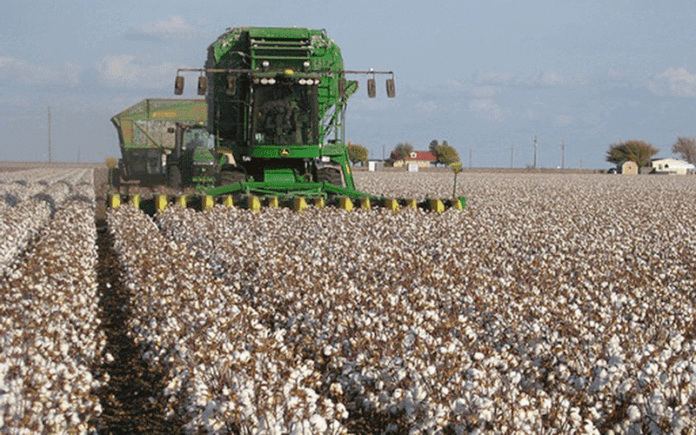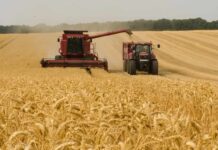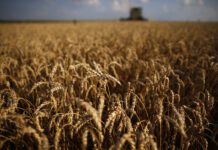Zimbabwe is targeting to boost cotton production to 189 000 tonnes during the 2025/26 season, representing an increase of 575 percent.
This comes as the country belatedly commemorates World Cotton Day today in Harare.
The day was first launched on October 7, 2019, as an initiative of Benin, Burkina Faso, Chad, and Mali, with celebrations held annually on this date.
The event, hosted by the Cotton Company of Zimbabwe (Cottco), runs under the theme: “Cotton: The Fabric of Our Lives” and will showcase various opportunities within the sector, highlighting its vital role in fostering international trade and inclusive economic growth.
There has been a decline in cotton production, prompting Government intervention to enhance output.
In the just-ended, cotton production stood at 28 700 tonnes.
The anticipated increase in cotton output is expected to stimulate rural development.
According to the 2025/26 Summer Plan, the Minister of Lands, Agriculture, Fisheries, Water and Rural Development has set a target of 189 000 tonnes of seed cotton from 270 000 hectares.
“For this summer production season, 270 000 hectares will be planted under cotton, producing 189 000 tonnes of seed cotton, with the crushing of the cotton seed producing 30 240 kilolitres of cotton oil at an oil conversion ratio of 16 percent.
“The Pfumvudza/Intwasa programme is targeting 180 000 hectares while self-financed farmers are expected to plant 90 000 hectares,” read the plan.
The Government’s transformation strategy will focus on enhancing operational efficiencies, increasing quality seed cotton production, adding value, upgrading ginneries, improving equipment availability and enhancing brand management.
Beneficiaries of the Government scheme are expected to deliver 50 kilogrammes each to the government as a token of gratitude.
“Cotton yields remain unsustainably low, reflecting a combination of issues, among them genetics, agronomy and viability,” read the plan.
“The total cost of production is estimated at US$127 656 000, with the private sector financing 33 percent of this amount. Under the Pfumvudza/Intwasa initiative, beneficiaries should establish two plots each of 0.25 hectares to access inputs, with this completed by the end of October.
“Farmers will receive an input package comprising cotton seed, basal and top-dressing fertiliser, lime, conventional pesticides, pyrethroids, aphicides, acaricides, herbicides, knapsack sprayers, and tillage services.
Recently, the Government has outlined three non-negotiable pillars to revitalise the cotton sector from its current decline. These include issues of justice and enforcement, productivity and profitability and value addition and industrialisation.
The sector is expected to restore the rule of law to bring clarity and order, with the Agricultural Marketing Authority (AMA) commencing the biometric registration of every cotton farmer and merchant in the country.
AMA is expected to act decisively against violations such as double-dipping.
The digital registry will form the foundation of a new era of transparency, aiming to eliminate cross-contracting and side marketing by enforcing a fundamental rule: one farmer, one merchant.
The sector is also expected to advance beyond basic input provision to embrace climate-smart, evidence-based agriculture.
Innovations from the Cotton Research Institute (CRI) will be leveraged, including the establishment of a price stabilisation fund to ensure farmers receive a profitable return for their labour.
Stakeholders in the cotton sector have advocated for value addition, beneficiation and the export of finished products to increase earnings and create employment locally.
AMA has since issued Regulatory Circular Number 3 of 2025, which pertains to the distribution of cotton inputs and applicable penalties, applicable to all registered cotton contractors with immediate effect, in an effort to curb side marketing.
The authority has also developed a volume-based seed cotton production and sale contract to be entered into by both the contractor and the farmer. – Herald









